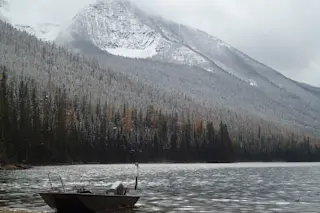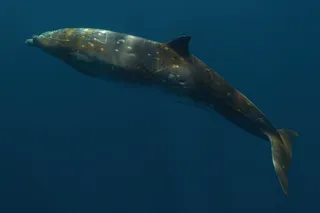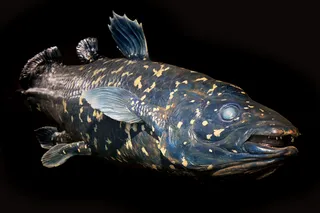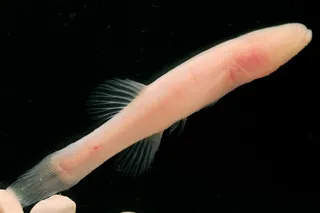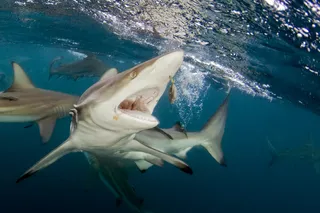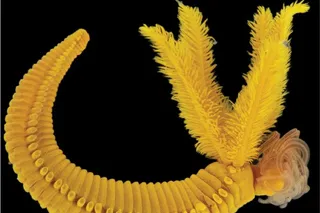It’s spring, but frost covers nearly half the boat ferrying Clint Muhlfeld and his crew across Quartz Lake, high in the mountains of Montana’s Glacier National Park. They hiked 6 miles to meet the flat-bottomed skiff — which was strapped to the bottom of a helicopter and flown in — and carried nets, food, gear and gas because mules couldn’t cross the streams swollen with snowmelt. They’re here to tag an invasive species.
The arduous trip is one of many biologists have made to the park’s lakes in recent years, part of an ongoing search-and-destroy mission to rein in one of the most pernicious aquatic threats in the West: lake trout. The sport fish, introduced in lakes over the past 100 years, have outcompeted native bull trout in many of them. In Glacier, Muhlfeld is determined to put an end to this slow-moving catastrophe. Over the years, lake trout have ...


